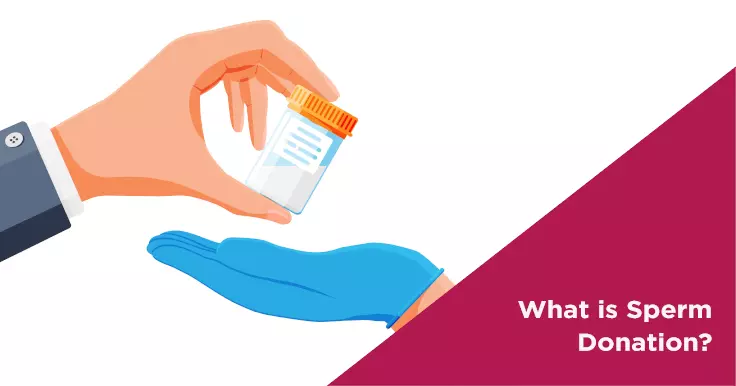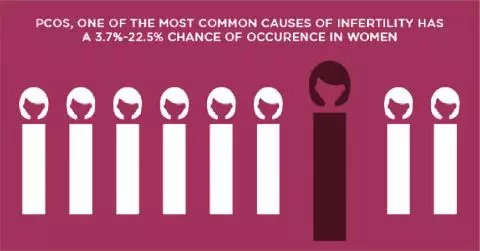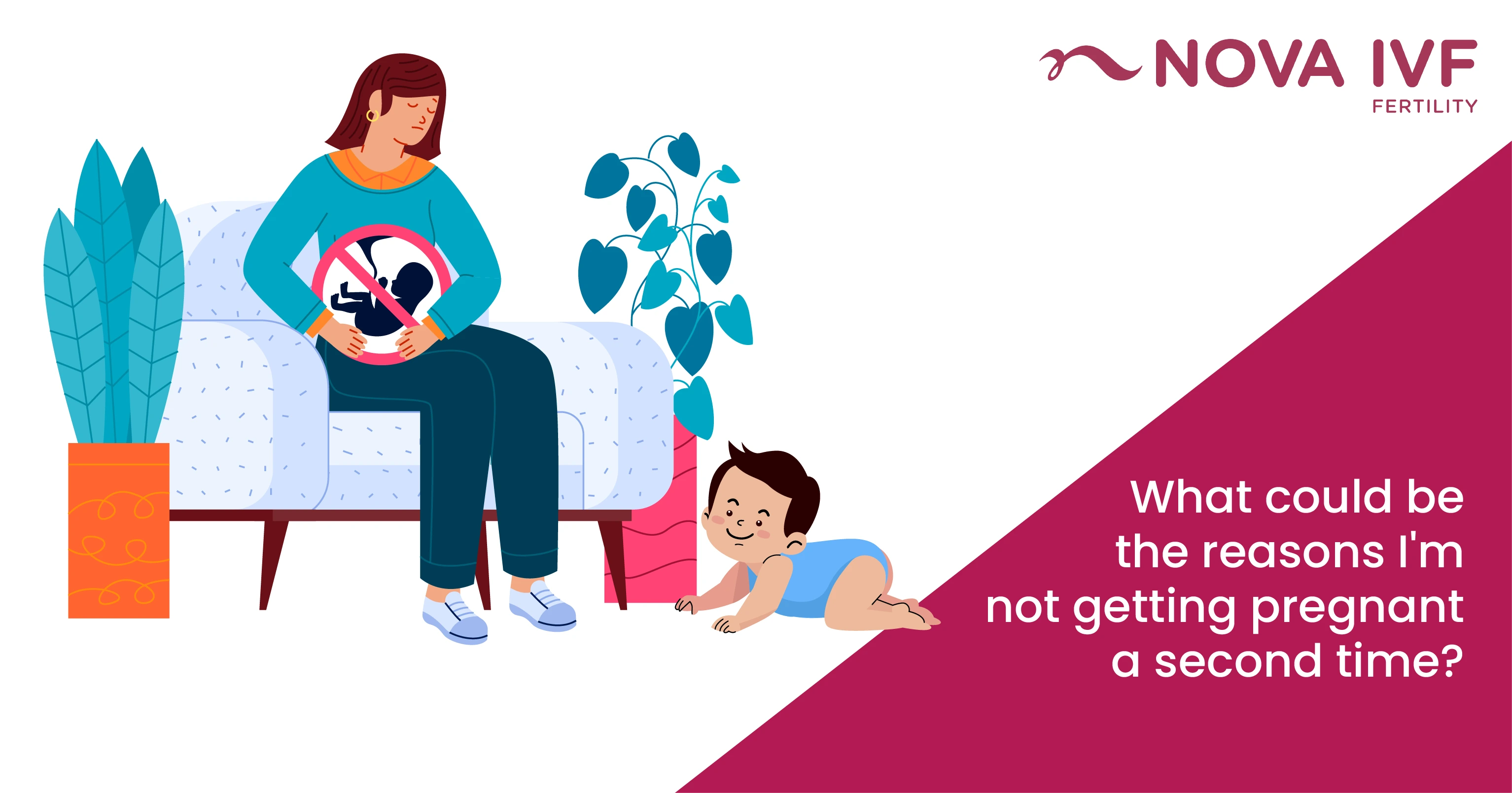Ovarian Torsion

Ovarian torsion or twisted ovary is a rare but emergency medical condition that affects women. This is the fifth most common gynecological emergency. Though this condition can happen in women and girls of all ages, it is mostly found in those of reproductive age.
Usually, torsion happens to the ovary, but sometimes the fallopian tube can also be affected by this condition.
Define Ovarian Torsion?
Ovarian torsion happens when an ovary twists around the ligaments that hold it in place. These ligaments contain blood vessels and twisting cuts off the blood supply which lead to the loss of an ovary.
What Causes Ovarian Torsion?
When the ovary gets twisted on the ligaments supporting it or on the fallopian tube, it is known as adnexal torsion or ovarian torsion. This condition needs prompt diagnosis and immediate treatment, as the blood flow to the ovary can get restricted due to the twisting causing damage to the ovary.
The twisted ovary causes sudden and sharp abdominal or pelvic pain, palpable pelvic mass, nausea or vomiting and abdominal tenderness. This is an uncommon condition and has affected only about 6 in 100,000 women.
What are the Causes of ovarian torsion?
Below mentioned are some of the ovarian torsion causes:
- Polycystic Ovarian Syndrome: Women with the Polycystic Ovarian Syndrome can develop ovarian torsion. The additional load from a cyst or mass causes the ovary to dislocate or become unstable, which leads to the twisting of the ovary.
- Hormonal treatments in ART: Hormonal treatments used in assisted reproductive technologies (ART) to trigger ovulation can also over-stimulate the ovary and cause torsion. The noncancerous tumors or cyst can cause enlargement of the ovary which can lead to torsion.
- Pregnancy: During pregnancy, the hormone levels shoot up high, causing the tissues of your body to relax. Due to this factor, the ligament-like tissue that holds the ovary in place also relaxes, making it less firm and more prone to twisting. Again, in pregnancy, during the first trimester, there is a formation of corpus luteum cyst which can cause the ovary to become unstable and twist around its supporting ligaments.
Though this condition usually affects women of reproductive age, it can occur to young girls and even infants due to increased flexibility of the tissue in their young reproductive systems and congenital malformations.
Causes of twisted Ovarian Torsion
A twisted ovary is caused due to:
- Presence of a cyst
- Longer ovarian ligament
- Assisted reproductive technologies (ART)
- During pregnancy when the corpus luteum cyst is formed
What are the ovarian torsion symptoms?
Ovarian torsion or adnexal torsion is the twisting of the ovary around the tissue that holds it in place. The twisted ovary can cause low flow or complete restriction of blood supply to the ovary causing the ovarian tissue to die. It usually occurs due to ovarian cysts, ovarian tumors, pregnancy, use of assisted reproductive technologies (ART) and ovarian enlargement. Ovarian torsion is an emergency condition and requires immediate treatment.
Ovarian Torsion Symptoms
Though women of reproductive age of 20 to 40 years are commonly affected by this condition, it can also affect younger girls too. We will discuss the most common ovarian torsion symptoms.
- Pelvic pain: Some women may initially feel intermittent cramps in their pelvic area for a few days or weeks. This happens due to the twisting and untwisting of the ovaries. After which, they experience a sudden and severe pelvic pain on one side of their abdomen. The pain from the lower abdomen can radiate to the back or thigh as well. To some, the pain may be mild, while others may have severe pain that worsens over a period of time.
- Palpable adnexal mass: In some cases, an adnexal or pelvic mass may be palpable during the clinical examination.
- Nausea: In around 70 percent of the cases, the pelvic pain is accompanied by nausea, vomiting, fever or diarrhea.
- Cervical motion tenderness: The pelvic pain strikes and worsens during workouts or strenuous movements.
Since these symptoms are similar to those of a urinary tract infection, kidney stones, appendicitis, ovarian abscess, and ectopic pregnancy, it becomes difficult for the doctor to diagnose the ovarian torsion. Due to this reason, in most of the cases, the diagnosis is made late, causing severe damage to the ovary. So the doctor will recommend surgery to view the ovary before confirming the ovarian torsion.
Symptoms of Ovarian Torsion
Following are the symptoms of ovarian torsion:
- Sharp and sudden pain in the lower belly
- Nausea
- Vomiting
- Fever
- Bleeding in some cases
Diagnosis of Ovarian Torsion
The symptoms of the ovarian torsion sometimes resemble that of urinary tract infection, ovarian abscess, appendicitis, and ectopic pregnancy. So to rule out these conditions, the following methods are used:
- Assessment of the symptoms
- Reviewing of the medical history
- Physical examination of the pelvic area
- Ultrasound- transvaginal or abdominal to examine the ovary, fallopian tube and lack of blood flow in any.
- Abdominal X-ray, CT scan or MRI scan
- CBC to know the white blood cell count in the body
- Urine test to rule out urinary tract infection
What are the Risk Factors for Ovarian Torsion?
The risk factors for ovarian torsion include:
- Polycystic ovarian syndrome
- Long ovarian ligament
- Noncancerous tumors
- Enlargement of ovary
- Pregnancy
- Tubal ligation surgery
- Infertility treatment
Treatment Options for Ovarian Torsion
Ovarian torsion is a gynecological emergency and needs swift treatment. We will discuss the strategies used for torsion treatment.
There is no other option for treating ovarian torsion, other than surgery to untwist the ovary. Doctors perform this surgery using two methods:
Laparoscopy: During this surgery, the patient will be under general anesthesia. A small, keyhole incision will be made in the lower abdomen. Medical instruments including a light source and a video camera will be inserted into the incision. This allows the surgeon to access the ovary and untwist it using a blunt probe.
Laparotomy: In some cases, the ovary may not be visible well enough to untwist them. A laparotomy surgery is done in such situations. In this method, a large incision will be made in the lower abdomen, which makes the ovary clearly visible to the surgeon to untwist.
Sometimes, due to misdiagnosis, an ovarian torsion can lead to complete death of the ovarian tissues caused by the prolonged blood restriction. In such cases, the ovary will be removed. The procedure used for the removal of the ovary is known as Oophorectomy.
Along with the ovary, the lack of blood flow can even make the fallopian tube to be no longer viable. Salpingo-Oophorectomy is the procedure used for removing the ovary and Fallopian tube.
Medications: Doctors will prescribe medications such as acetaminophen, Ibuprofen, naproxen, etc. for the pain symptoms post-surgery. Birth control pills will also be prescribed to reduce the chance of reoccurrence.
If the blood flow is restricted and the ovary is found to be dead, then the ovary will be removed. In some cases, the ovary, as well as the Fallopian tube, will be removed.
 Infertility Counselling
Infertility Counselling Female Infertility Treatment
Female Infertility Treatment Andrology Treatment
Andrology Treatment Fertility Enhancing Surgeries - Female
Fertility Enhancing Surgeries - Female Fertility Enhancing Surgeries - Male
Fertility Enhancing Surgeries - Male Endoscopy Treatment
Endoscopy Treatment IUI Treatment
IUI Treatment IVF Treatment
IVF Treatment ICSI Treatment
ICSI Treatment Advanced IVF Solutions
Advanced IVF Solutions Embryology
Embryology Vitrification Egg, Embryo, Sperm Freezing
Vitrification Egg, Embryo, Sperm Freezing Preimplantation Genetic Testing (PGT)
Preimplantation Genetic Testing (PGT) Donation Program Embryo / Egg / Sperm
Donation Program Embryo / Egg / Sperm Self-cycleTM IVF
Self-cycleTM IVF

 Self-cycleTM IVF
Self-cycleTM IVF










